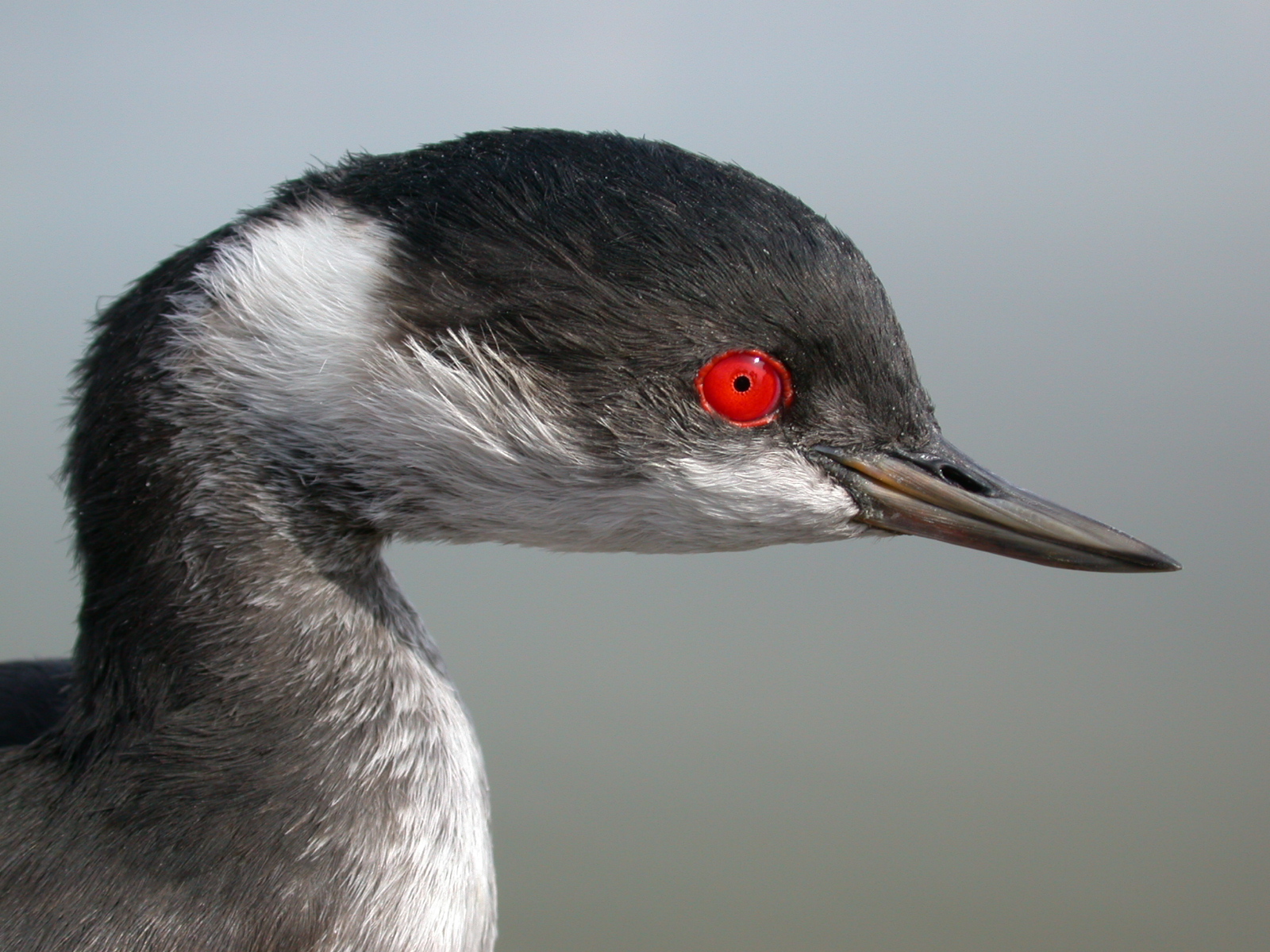SEO-BirdLife has presented the new Atlas of birds in the breeding season in Spain, in which the Natural Processes Monitoring Team (ESPN) of the ICTS-RBD has performed the counts in the Doñana Natural Space.
The field-work was carried out between 2014 and 2018 and included around 1,500 transects, with more than 900 km recorded in 31 UTM grids of 10x10 km, which cover the entire Doñana Natural Area and surrounding areas. Likewise, breeding information from studies based on some protocols carried out by ESPN, and which are part of the Natural Resources and Processes Monitoring Program of the Doñana Natural Area, were incorporated into the study. These protocols, such as the monthly censuses of waterbirds, the control of colonial birds' breeding, the SACRE program for monitoring common birds during the breeding season, or the ornithological observation record, among others, are an important source of information for the management of the Natural Space. They are also of interest for the different research projects that depend on the monitoring of bird populations.
Members of the ESPN are the authorship of eight species published in the Atlas, and for which, in most cases, Doñana is one of the most important breeding sites. These species are the Northern Pintail (Anas acuta), the Black-necked Grebe (Podiceps nigricollis), the Eurasian Spoonbill (Platalea leucorodia), the Black-crowned Night Heron (Nycticorax nycticorax), the Slender-billed Gull (Chroicocephalus genei), the Whiskered Tern (Chlidonias hybrida; photo by Rubén Rodríguez Olivares), the Black Tern (Chlidonias niger) and the Western Bonelli's Warbler (Phylloscopus Bonelli).


 Open Call for Research Projects in ICTS-Doñana!
Open Call for Research Projects in ICTS-Doñana!



